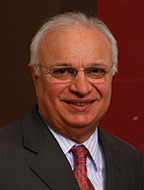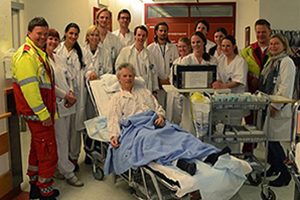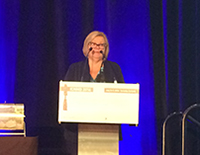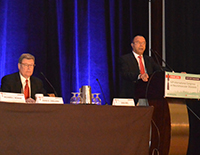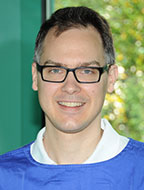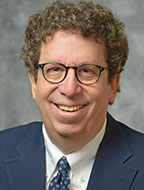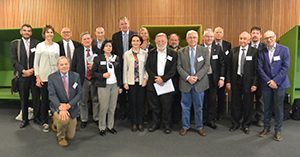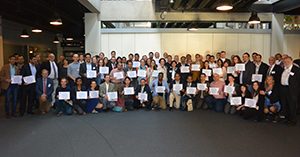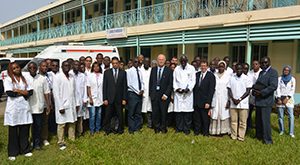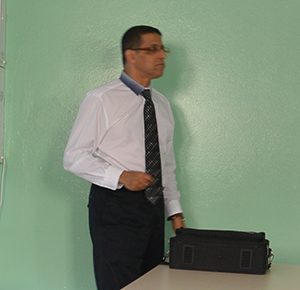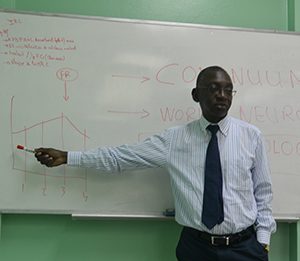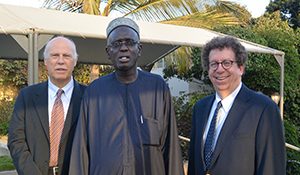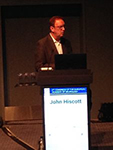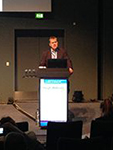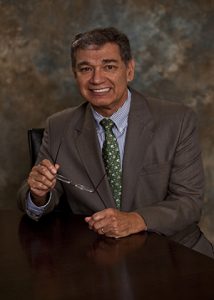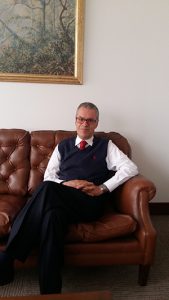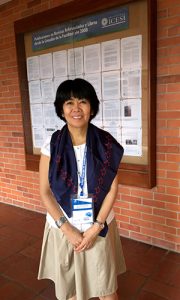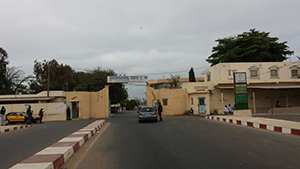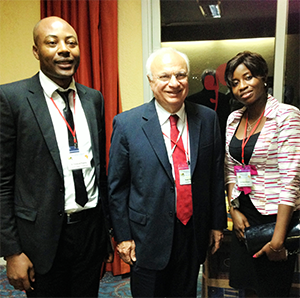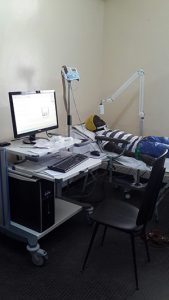By Jera Kruja, MD
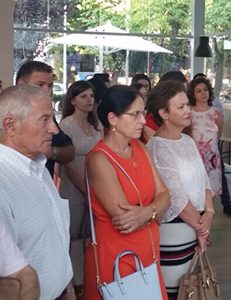
Participants gather during World Brain Day.
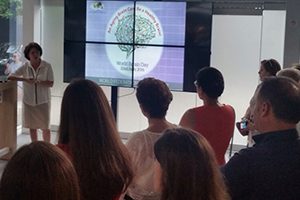
Prof. Jera Kruja gives a presentation on WFN guidelines at World Brain Day in Tirana, Albania.
The Albanian Chapter of World Federation of Neurology (WFN) has celebrated World Brain Day annually since 2014. In 2016, World Brain Day was dedicated to the brain and aging and had a special meaning looking at the population figures from Albanian INSTAT.
In 2001, the population of Albania was 3,060,173, and in 2015, the population decreased to 2,889,167. However, the rate of persons over 65 years of age increased from 232,339 in 2001 to 597,420 in 2015.
We organized a meeting with the participation of neurologists from Tirana’s main public and private hospitals and outpatient clinics, delegates from the department of family medicine, and the Alzheimer Disease Association. Also, an article was published in the medical online journal, Doctor33. With these modest activities, in perfect accord to the WFN activities, we aimed to increase the attention of the society and government to the aging of the population and the associated high risk of neurological morbidity and social problems.

